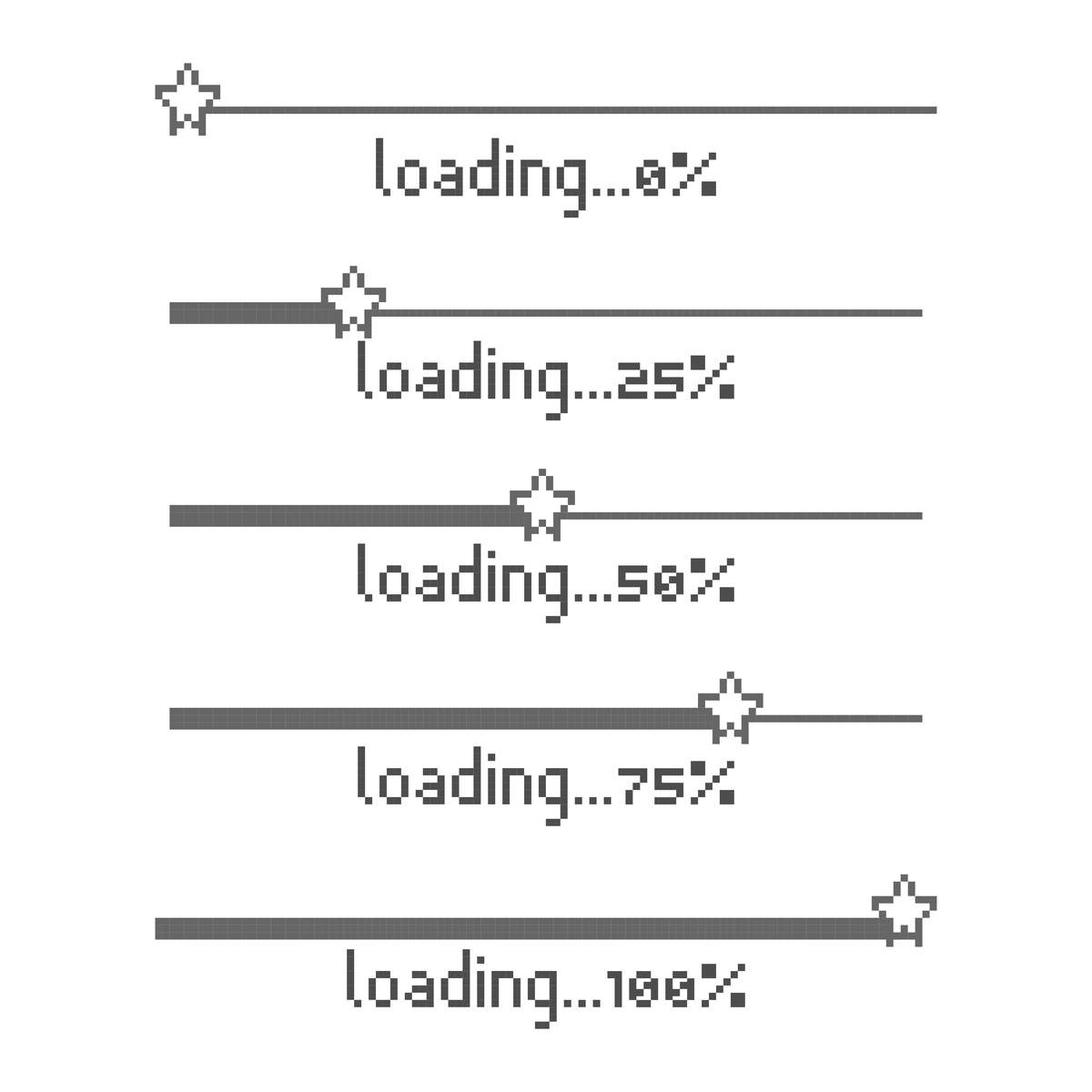Solving First-Order Linear Differential Equations: dy/dx + py + q = 0
This is a first-order linear differential equation of the form:
dy/dx + py = -q
To solve this equation, we can use an integrating factor, which is defined as:
μ(x) = e^(∫p(x)dx)
Multiplying both sides of the equation by the integrating factor, we get:
e^(∫p(x)dx) dy/dx + e^(∫p(x)dx) py = -e^(∫p(x)dx) q
The left-hand side of this equation can be simplified using the product rule of differentiation:
d/dx (e^(∫p(x)dx) y) = -e^(∫p(x)dx) q
Integrating both sides with respect to x, we get:
e^(∫p(x)dx) y = -∫e^(∫p(x)dx) q dx + C
where C is the constant of integration.
Finally, solving for y, we get:
y = e^(-∫p(x)dx) (-∫e^(∫p(x)dx) q dx + C)
This is the general solution to the first-order linear differential equation dy/dx + py = -q.

原文地址: https://www.cveoy.top/t/topic/lFda 著作权归作者所有。请勿转载和采集!